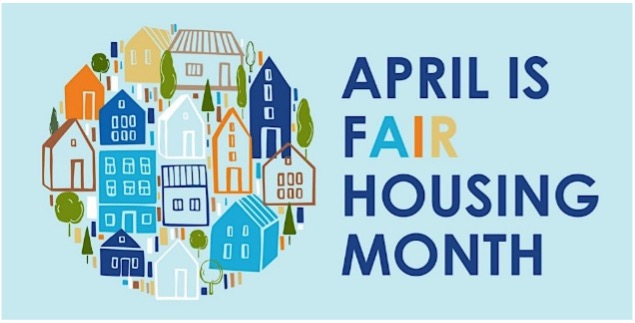A proud fifth-generation Texan, Gavin Nichols was born and raised and Dallas but he’s proud to call San Antonio home since he has lived here for nearly four decades. Much of that time he spent working in IT for HEB. He sought to shift to the nonprofit sector, joining the Area Foundation’s Community Engagement and Impact (CEI) team in 2008. He’s currently our Senior Program Officer overseeing the Youth Success impact area.
There’s great news on this front – thanks to the initiative of our close partner UP Partnership, national funder Blue Meridian Partners recently awarded UP and the Area Foundation $8 million to address disparities and advance economic mobility for our youth. We’re currently taking applications (deadline is April 11) for the first round of grants on this opportunity, focusing on Youth Leadership Development.
Gavin and wife Sharon have a daughter, Anastasia, as well as a large furry family – three dogs and six cats. Keep on reading as well as click on the video to learn more about Gavin and his work – the second in a series providing a behind-the-scenes look at our CEI program officers and their corresponding impact areas (click here for the first in the series, featuring Senior Program Officer Stephanie LaFroscia, who oversees Cultural Vibrancy).
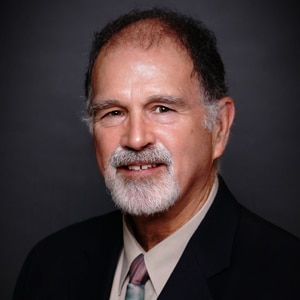
You’re part of the Area Foundation’s Community Engagement and Impact (CEI) team. What in your view is CEI’s principal mission and how would you describe your particular role in it?
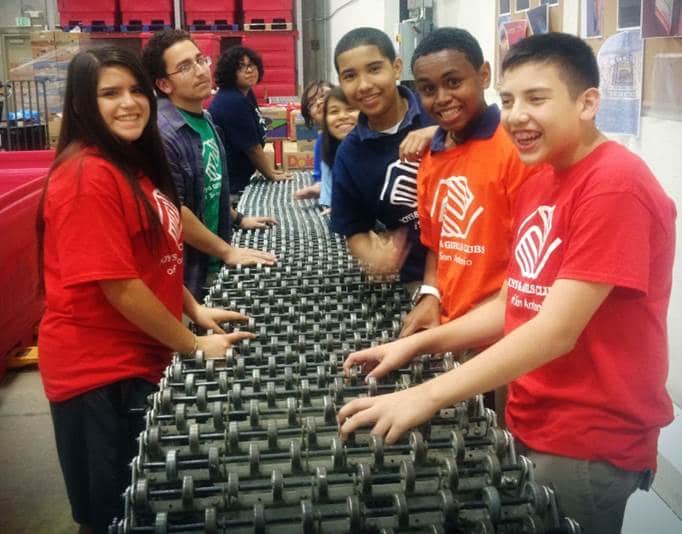
The principal mission of CEI is to move the community towards our North Star: We believe in building a city where San Antonio residents are deeply connected, have equitable opportunities to thrive and contribute to the vitality of the community. Our work is centered on understanding the needs of San Antonians, building relationships with our nonprofit partners and stakeholders and being responsive to them. My role is program officer of the Youth Success impact area (the other impact areas are Cultural Vibrancy, Livable and Resilient Communities, and Successful Aging). Youth Success supports organizations that provide programs to children and youth anywhere on the cradle-to-career spectrum. These programs are varied. They focus on STEM, the arts, youth development, leadership, physical and mental wellness, academic success and social emotional learning.
Is there a specific reason why you’re drawn to supporting youth in our community? Why is it important to empower kids and do you believe nonprofits working in this sector are sufficiently supported?
I believe the future of our city (and the world) is in the hands of our youth. We must equip them with skills, resilience and self-confidence to lead us into a more equitable and economically successful future. The youth who do not have advantages and are behind the eight ball for various reasons need help to achieve their potential. Youth-serving nonprofits have some degree of support, but it is not enough. What we really need is a movement where every public institution and adult in our city is trying to help youth develop assets and relationships. We need to transform San Antonio into a “developmental city.”
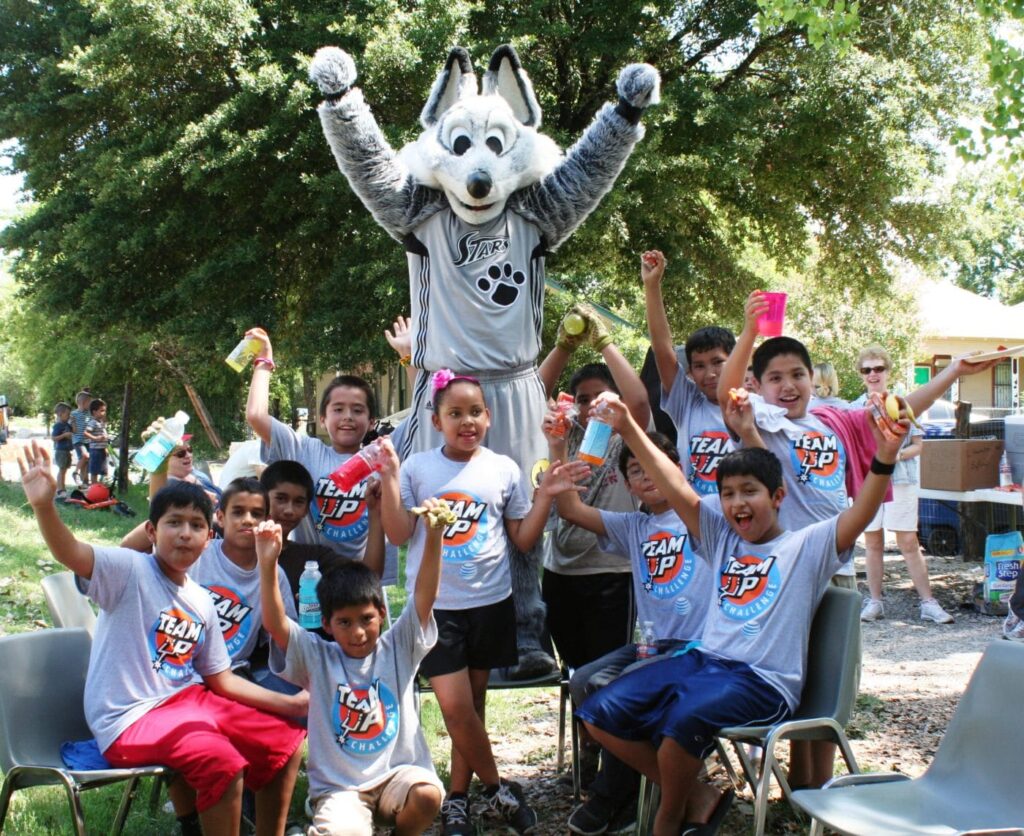
Why is it important and relevant for the Area Foundation to prioritize philanthropy on the youth population?
I think the Area Foundation needs to establish itself as a leader in this effort. The Area Foundation is in a unique position between the city and county, schools and school districts, and the nonprofit organizations that serve youth directly. We can be a trusted convener of all these entities and we are able to help them find common ground with our youth and their success.
How would you describe the impact that the coronavirus pandemic has had on nonprofits that work with and support kids as well as on the lives of kids themselves?
The impact of COVID is profound. In a negative way, organizations have had to scramble for funding and support. Many of them were not able to conduct their annual fundraisers and their donors have also been hard-hit. On the other hand, nonprofits made a strong pivot to serving the essential needs of the families they serve. They acted quickly and forcefully to provide food, essentials, technology for remote access, etc. I think these organizations set strong examples for the community as well as being positive role models for our youth.
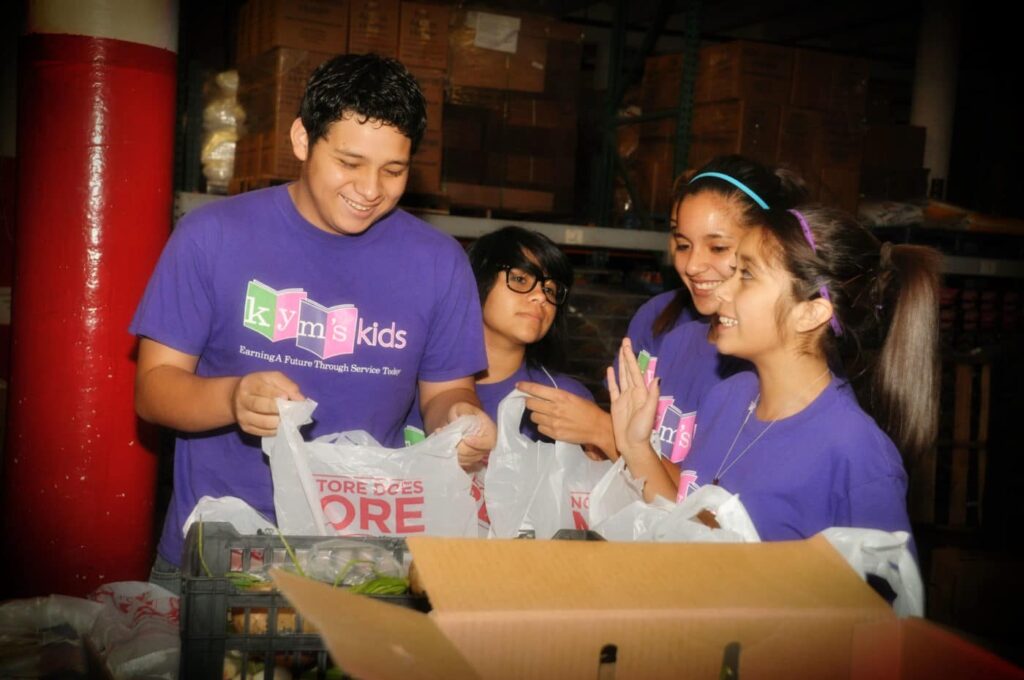
Surely you must come across fascinating and talented youth-serving organizations and people. Can you share an example that has left a lasting impact on you?
Yes, there are many. One that comes to mind is Emma Faye Rudkin of Aid the Silent, which serves youth with hearing loss and hearing impairments — that is, deaf kids. They provide hearing equipment, training for teachers and tools for hearing- impaired youth in Edgewood ISD, located in one of our the lowest-income areas of San Antonio. Emma herself is hearing impaired but formed this organization with her parents to serve other youth. Incredibly inspiring!
Click here to learn how out Youth Leadership Development grants focus on strategies designed to develop youth as leaders, prepare youth for future success, and build resiliency.

